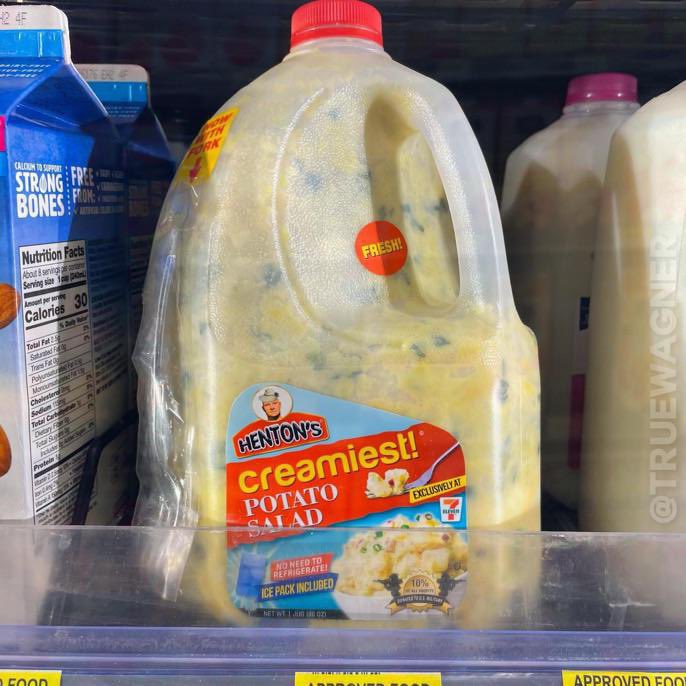Potato salad has reached pop culture popularity due to polarizing, yet hilarious reactions of various recipes.
Why are people so grossed out and bothered by some of these recipes? Can we use user experience tactics to compare this to accommodating mental models in our systems and gain insight into delighting users vs disgusting them?
What are Mental Models?
What even is a mental model? A mental model is what a user expects when they encounter a system. We expect a computer to have a keyboard, mouse and monitor. In addition, we expect mobile devices to be touch screen. Yet again, we expect light switches to operate indoor lighting fixtures, a thermostat on the wall to control temperature. We all have historical knowledge resting in our brains for how we expect things to work.
The conceptual model, in contrast, is how the system actually works. When the mental model and the conceptual model match, boom! You get user joy! When they don’t match, you get user confusion, disappointment and potentially disgust.
A mental model is what a user expects when they encounter a system. The conceptual model, in contrast, is how the system actually works.
What makes Potato Salad gross?
So, what makes a potato salad gross? Is it the flavor? No. In many cases people aren’t even tasting the potato salad before declaring it disgusting. Is it the appearance? Partially, but in some cases, people are repulsed just speaking about the ingredients without even seeing them. For the most part, the key to the rejection of potato salad is mental models. People have a mental model of what ingredients go into a potato salad, what it should look like, how it should be prepared, and those mental models are very rigid because this is a dish with a high propensity for food-borne illness.
The family has a mental model that potato salad is made with mayo, mustard, potatoes and pickles. Aunt Pam decides she wants to add shrimp. In my view, shrimp sounds lovely in potato salad, but to the family? Shrimp does not meet the mental model. Pam’s potato salad will be rejected and her feelings will be hurt. She will be relegated to bringing sodas to family events, cooking privileges withdrawn. If Pam understood the mental model and tried to ensure her product matched it as closely as possible, her recipe would have been greeted with much success.

How does this apply to UX systems?
Before we create systems, do we just randomly add shrimp or raisins because it suits our personal taste, like Aunt Pam did? I don’t mean literal shrimp; I’m referring to making design decisions on our conceptual models based upon our personal preferences and personal mental models with zero consideration to what our users will expect or want to see?
Where does your user’s mental models and your conceptual models diverge within your systems?
If we want to delight our users, we need to know what makes them happy. Let’s use this illustration to remember to consider mental models so we don’t get roasted in the group chat!


